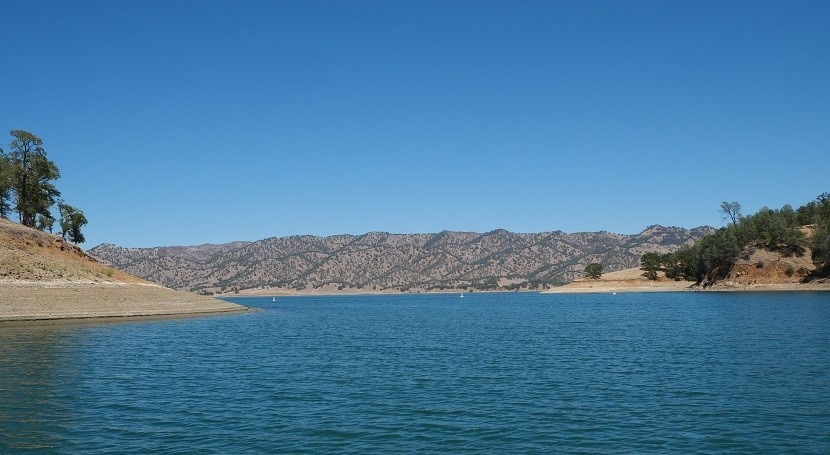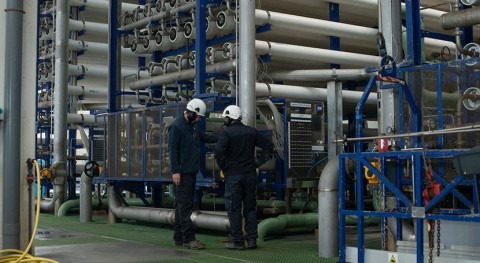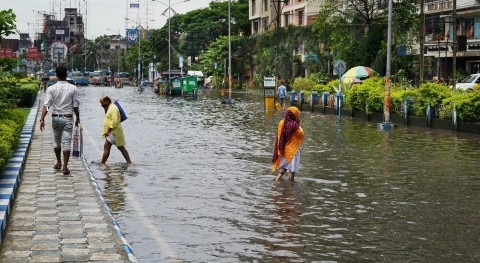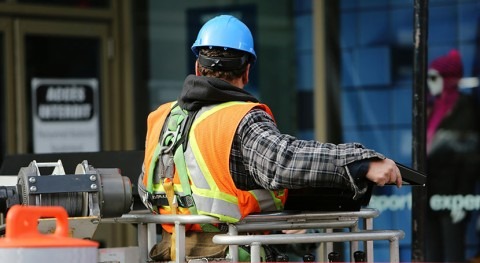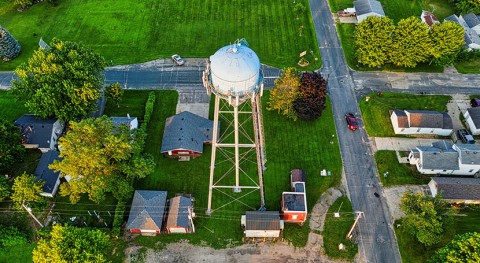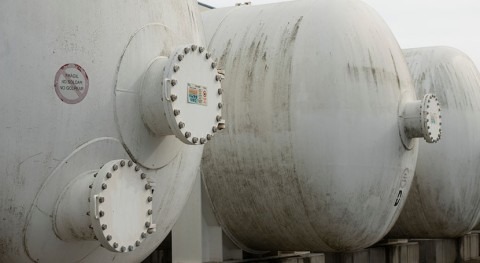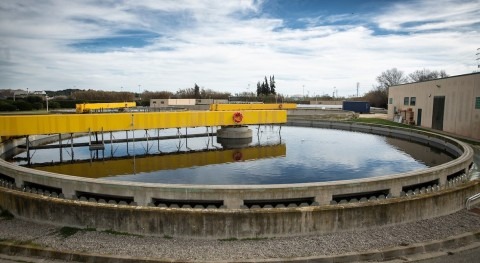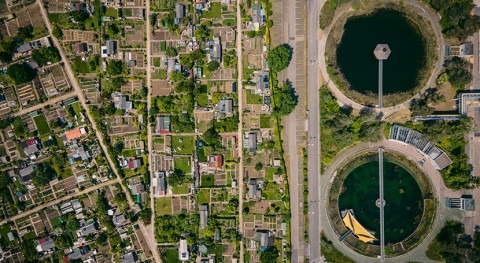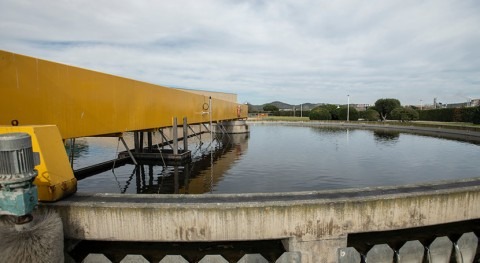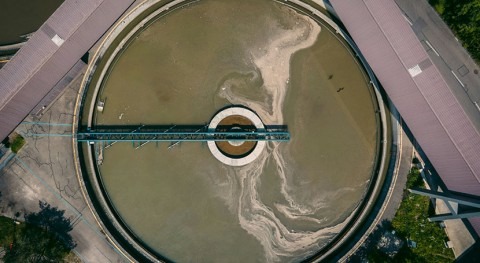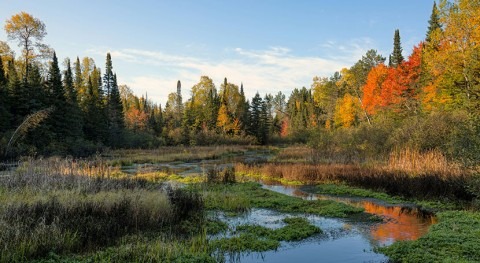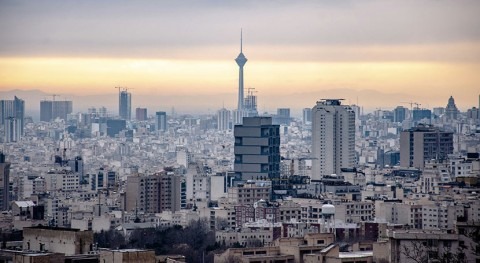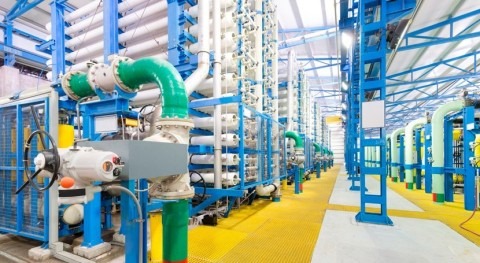Despite heavy snow and rain at the start of the year, 2021 is expected to be a seriously dry year in California. Looking at Lake Oroville, a BBC article delves into the extremes the lake has experienced in the past years, fuelled by a warming climate.
Located north of Sacramento, Lake Oroville is the second-largest reservoir in the state and a key element of the complex California water management scheme. It stores water and provides flood control, recreation, and freshwater releases to control salinity intrusion in the Sacramento-San Joaquin Delta and for fish and wildlife enhancement.
In 2014, after years of drought in California led to unusually destructive fire seasons and poor agricultural yields, historic low water levels – 30% of capacity – were recorded in Oroville. But the lake illustrates how extremes can threaten infrastructure and the water management system we rely on. In February 2017, heavy precipitation and damage to the main spillway of Oroville dam, the tallest in the U.S. at 235 m high, caused the reservoir level to increase to 101% of its capacity, and water overflowed the emergency spillway. Severe erosion and risk of failure of the emergency spillway led to the evacuation of more than 100,000 residents downstream.
Back to present time, reservoirs in California are seeing the impact of a second consecutive year of below-average precipitation, and Lake Oroville is at 38% capacity. While a relatively wet 2019 provided relief, 2021 is so far similar to 2014, a challenging year in the middle of a severe drought that lasted from 2012 to 2016. Last year a study analysed data from tree-ring records of past droughts since 800 AD and warned that the persistent 21st century drought in the southwestern United States could be a megadrought, a dry period that can last several decades, and the second driest since 800 AD. Even though natural weather variability will always play a large role, researchers estimated anthropogenic climate change accounts for 46% of the 21st century drought severity.


